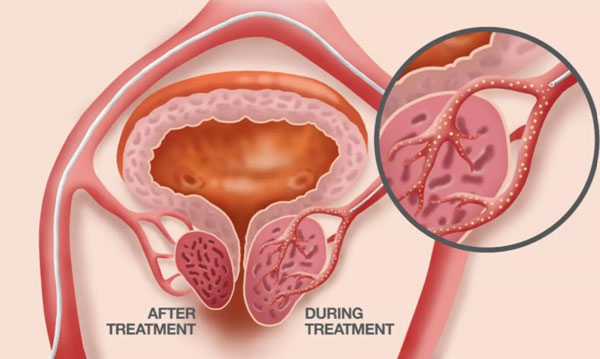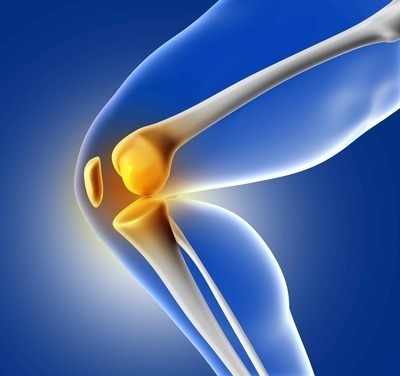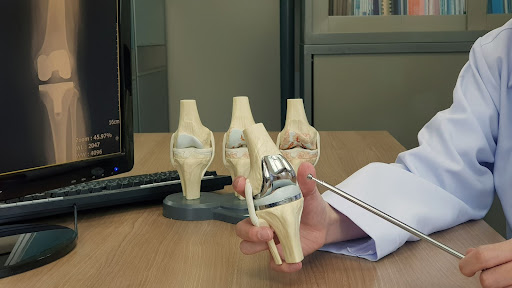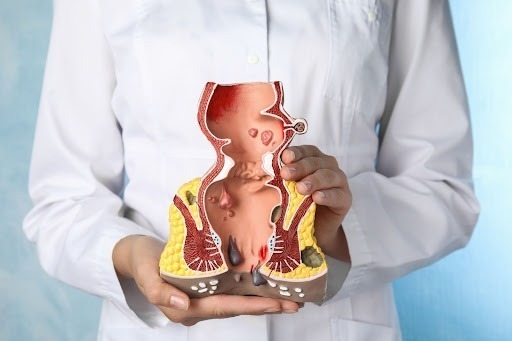Appendicitis / General Surgeries
Appendix, Appendicitis and Appendectomy –Commonly Asked Questions
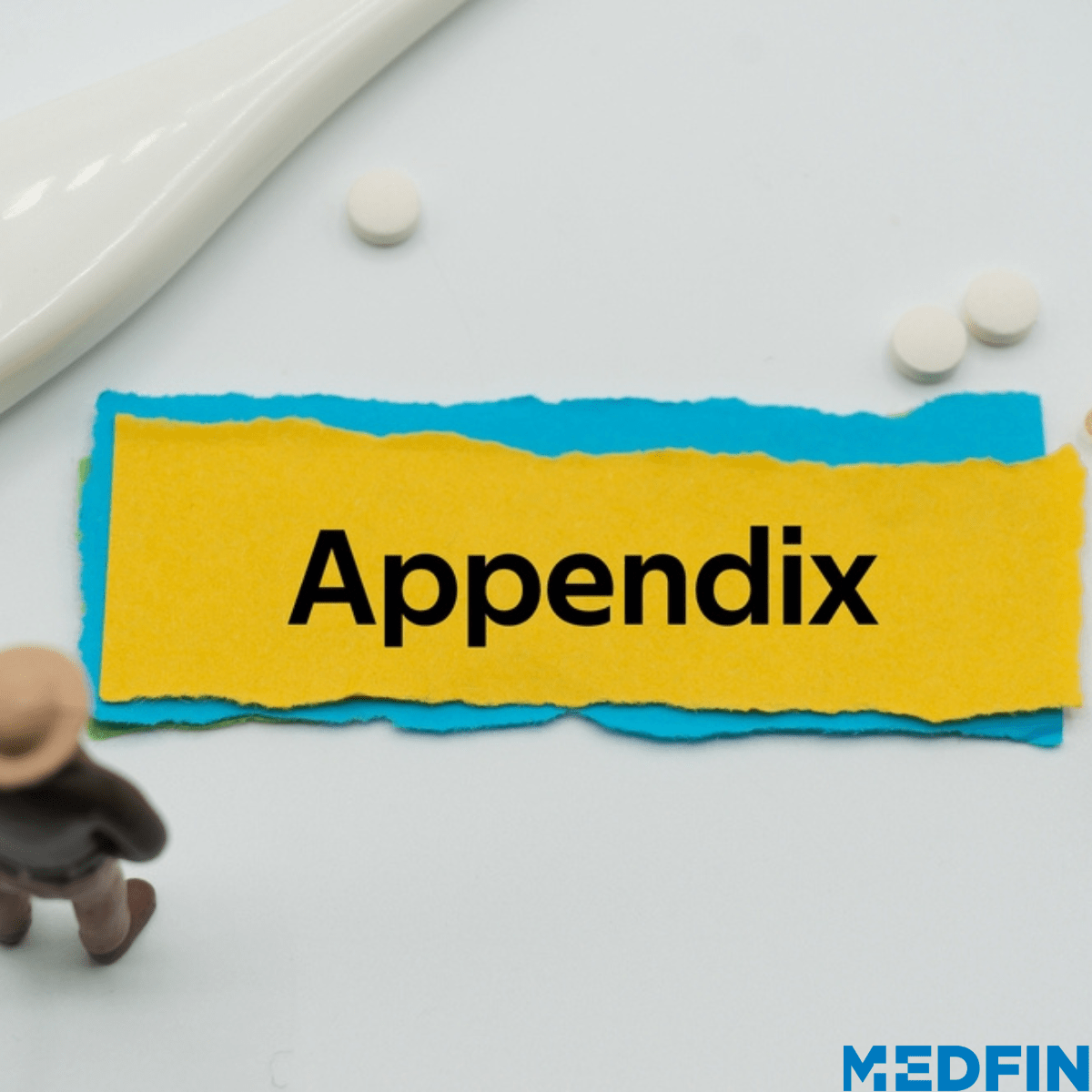
by admin
24th June 2022
4 minutes read
Appendectomy is a commonly performed surgery. There are several questions on appendectomy such as what is the function of appendix and many more. We’ve tried to answer some of them. It’s for your better understanding of the disease and for you to get the best treatment possible. Here you go.
What is the meaning of appendix, appendicitis and appendectomy?
The appendix is a thin, small pouch of around 5 to 10 cm in length. About your pointer finger’s length, the appendix protrudes from the bottom of the colon. It’s a body part with no known function and is present in the lower right side of your abdomen.
Coming to appendicitis meaning, it is a disease of the vestigial organ appendix. It refers to the inflammation or infection of the organ.
And what is an appendectomy? Appendicitis calls for an immediate need for treatment. Treatment can be in the form of open or laparoscopic appendectomy. Appendectomy refers to the common emergency surgical removal of the appendix. You can rest assured as removing the organ causes no harm to your overall physical health.
Why is appendicitis considered an emergency?
Once the appendix gets inflamed or swollen, it can burst any moment. So what happens when appendix bursts? A burst appendix spreads infectious agents into the abdominal cavity. This can further lead to peritonitis. What’s peritonitis? It’s the inflammation of the lining of the abdomen. In fact, in case the inflammation spreads to the bloodstream, it will be even more dangerous, leading to sepsis. Peritonitis and sepsis are both serious illnesses and can even lead to death.
Once you start experiencing the symptoms of appendicitis, your appendix can burst within 36 hours. So time is of the essence when you suffer from this disease. It is necessary to get proper treatment on time.
Why should the appendix be removed?
The appendix is removed because it is the safest thing to be done to an inflamed appendix. It prevents the risk of rupture.
Appendectomy is the safest treatment for this condition. There are, however, some exceptions. While some people may come out as unfit for the surgery, others may get well with just medication. But again, those in the latter case may remain at the risk of getting the disease again. The risk from the appendix operation (appendectomy) is way less than the risk a ruptured appendix could have caused.
Is appendectomy a major surgery?
It is not always a major surgery. Appendectomy can be open appendectomy or laparoscopic. It depends upon the condition of the patient and the surgeon’s judgment.
Laparoscopic appendectomy, for instance, is a less-invasive technique. It offers several benefits including micro-incisions in place of one large incision, as the appendectomy incision is very small. Other benefits include less pain as well as faster recovery time.
Is it painful?
The appendix surgery starts with the doctor giving you anesthesia. This helps you remain asleep and not feel any pain during the surgery. However, it is possible to feel some amount of pain later. Doctors usually prescribe some pain medications to help you during the recovery process. In fact, many patients are able to manage without these medications as well.
Side-effects of getting the appendix removed
The surgery may lead you to experiencing a few side-effects for a few days. Some of these are nausea, constipation, gas pain and abdominal bloating. Gas pain happens after laparoscopic appendectomy procedure and can extend to the chest and shoulder parts as well. Talking of abdominal bloating, it diminishes over a few weeks.
Conclusion
Appendectomy is of two types: open and lap appendectomy. Your surgeon decides the best treatment option for you.
We at Medfin, the Surgery expert team, offer you access to the latest and most advanced treatment for appendectomy at the most affordable costs. Our Personal Medfin assistants answer all your concerns related to surgery. And they ensure that your needs are met in your entire medical journey.
To consult an expert Medfin surgeon near you, please call us on 7026200200. You can also WhatsApp us on 7406557599 (click here to initiate a whatsapp chat).
Useful Links
CATEGORIES
- ACL Reconstruction
- Anal Fissures
- Anal Fistula
- Appendicitis
- ASK A DOCTOR
- Benign Prostatic Hyperplasia
- Breast Lump Excision
- Cataract
- Circumcision
- Conditions & Diseases
- Cosmetology
- Covid-19
- Cure
- Endocrinology
- ENGLISH VIDEOS
- Eye Care
- Gallstones
- General Surgeries
- Government Schemes
- Gynaecology
- Gynecomastia
- Health
- Health Insurance
- Hernia
- Hindi
- Hip Arthoscopy
- Hip Replacement
- Hip Replacement Surgery
- Hydrocele
- Kannada
- Kidney Stones
- Knee Arthroscopic
- Laparoscopic
- LASER
- Latest Treatments
- Lifestyle
- Liposuction
- Medfin Stories
- Medicine
- Nephrology
- Ophthalmology
- Orthopaedic
- Paraphimosis
- Patient Testimonials
- PCL Reconstruction
- Phimosis
- Piles (Hemorrhoids)
- Pilonidal Sinus
- Proctology
- Prostate Artery Embolization
- Rhinoplasty
- Second Opinion
- Total Knee Replacement
- Urology
- Uterine Artery Embolization
- Uterine Fibroids
- Varicocele
- Varicose Veins
- Vascular
- VIDEOS
